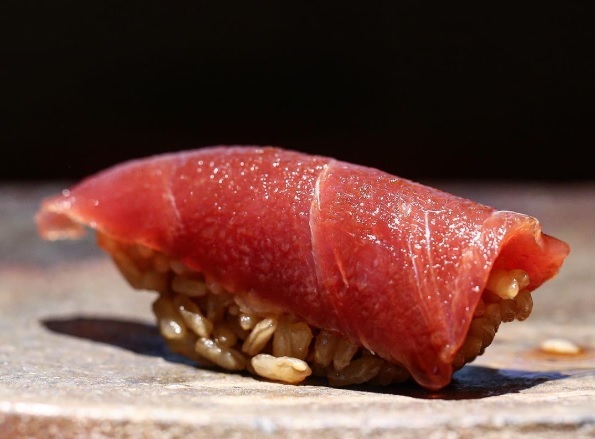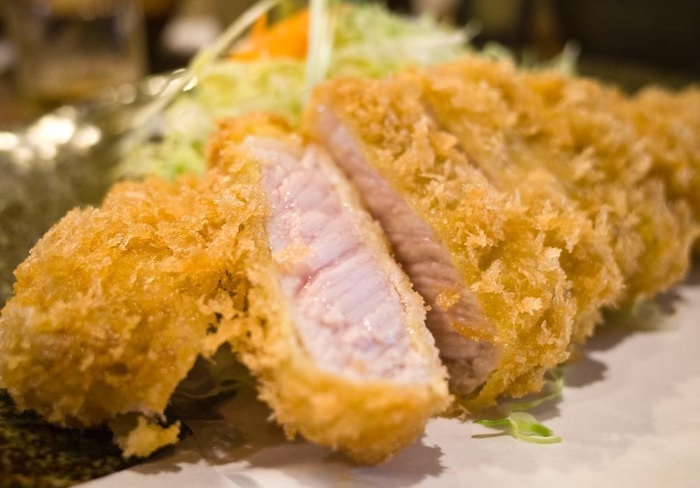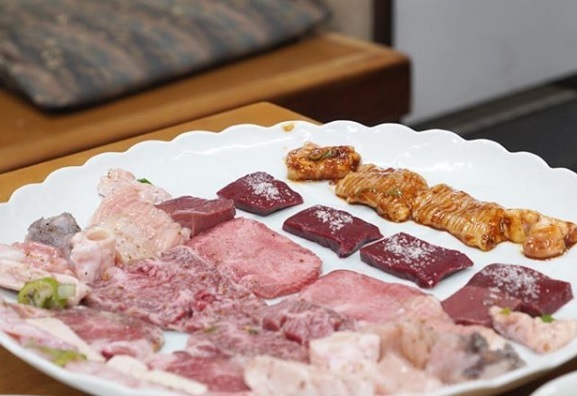A must try for Sushi lovers! The march sushi toppings!
Tokyo is finishing up it’s long winter and is about to start heading into spring. I’m afraid to say it but, that also means the king of sushi, the northern Bluefin tuna, will being going out of season too.
However that being said, spring is also the season for a number of other delicious sushi types, such as shellfish and Kohada spotted sardines, which are much loved by critics.
Here we would like to introduce some various types of sushi that every sushi lover who likes to enjoy the different seasons offerings should definitely check out. Do not forget to order next time you go out for sushi!
Kohada
Kohada is a thin, blue fish with many tiny bones. Having it raw goes without saying, but even when boiled or grilled, it’s not the tastiest of fish. However, soaking Kohada in salt and vinegar makes it a first-rate fish for sushi, with rich fragrance and umami. This is a traditional type of Tokyo-style sushi.
Kohada is a place for a craftsman to show their skills. It is said that "you can tell a restaurant's level by whether or not you can eat their Kohada."
How long to salt the fish and how long to soak it in vinegar, it all depends on the chef’s intuition. Day in and day out, they take into account the size and thickness of the fish, how much fat is on it, and even the day's temperature, to then delicately adjustment what is prepare the fish. With Kohada, having an unequal amount of salt and vinegar will ruin it. It is only if the saltiness and sourness can be harmonized well, that the original taste of the fish will come out and give off its mild taste.
Autumn is meant to be the season of Kohada, but it’s hard to throw away and reject the fatty march Kohada.
Kasugo
Kasugo is a young Sea bream. It is a classic topping for sushi and denotes spring. As adults Sea bream, live offshore, but as young fish they flock and cluster in relatively shallow waters. Since many were caught during the Edo period in Tokyo, they came to be used as a topping for sushi. Their elegant, light pink scales and their white body make for a beautiful contrast.
Leaving on the soft scales, cutting the body decoratively, then soaking in vinegar before moulding into sushi is the Tokyo style.
The soft body of the young fish and the faint umami taste in one’s mouth indeed denotes the arrival of spring.
Torigai
Torigai, which has an impressive deep distinctive, almost purple color, will have its season in March and April.
Although it is originally a shellfish with quite a pungent smell, sushi chefs pass them through hot water and vinegar then gently remove the smell by carefully washing them with salted ice water.
The freshness and fruit like sweetness of Torigais which are thickening up around this time are noteworthy.
Sushi fans will be wanting to definitely give this time of years’ Torigai a try.
Akagai
Sitting at the top of all shellfish used to make sushi is, the Red Clam.
In the olden days when Red Clams were often caught in Tokyo bay, they were a favourite of the masses, however, as the catches became smaller over time, the Red Clam came be the high-class sushi it is today.
The color of its body, which is also the origin of the name, is similar to mammals in that it contains iron in its blood.The sweetness and taste of the Red Clam can be attributed to the distinctly bitter taste of the iron in its blood.
When you first eat it, a bitter, astringent taste fills your mouth, shortly after a sweet, umami flavour follows, dotting your tongue.
Bonito
We call the Bonito that migrate north in the Japanese pacific during the spring and summer the "climbing bonito", and the southward bound Bonito of autumn the "returning bonito".
In general, the fattier bodies of the “returning bonito” are thought to be tastier and better. But in the world of Sushi which inherits its culture from the lovers of the first crops of the season in Tokyo, Bonito is always going to be a spring fish.
Although the it only has a small amount of fat, the bonito of spring is slightly sweet and with a refreshing scent, it has a somewhat comfortableness to it.
The custom of often eating Bonito with ginger can be attributed to its fishy odour, however, with that one piece of genius, its taste gets raised to a whole different level.
Sumiika, the golden cuttlefish
Sumiika grow to maturity over a year and ends their lives with egg laying.
Although the beginning of autumn is the season for Sumiika, holding off and having them around the beginning of spring, close to egg laying season, is also another delicious option.
Sumiika is the softest of all squid species. The moment you bite into it, the body is sticky and coils around, then produces a rich sweet flavour that fills the mouth.
Nowadays, it is not uncommon to come across sushi shops that prepare Sumiika with salt to bring out its original sweet taste.
It’s the same for Kohada too butt, you can’t go wrong with squid at a good sushi restaurant.
Register account first.
Register










Comments 1
1
Kengo Yamada
Tokyo gourmet emperor/German cars for life/Dan beste, oder nichtsWith the coming of Spring, winter fish are no longer in season with other fish taking their place. I put together a list of seasonal types of sushi that are a must eat for those traveling to Japan in March.